Is Your Chimney Falling Apart? Here’s What You Can Do
A chimney that is falling apart can be a serious safety hazard. It can lead to carbon monoxide poisoning, chimney fires, and other dangers. If you suspect your chimney is falling apart, acting as soon as possible is important.
Here’s what you should do:
Hire a Chimney Repair Professional
If your chimney is damaged, it’s important to hire a chimney repair professional to fix the problem. Attempting to repair the chimney yourself can be dangerous and worsen the problem. Look for a reputable chimney service company in your area that specializes in chimney repair. If you live in the New England area, you should contact Best Chimney Services to help with your chimney repairs. Founded in 1989, Best Chimney Services’ team of experienced chimney technicians has the knowledge to help with many of your Greater Boston, MA, area chimney needs!
Why You Should Stop Using Your Chimney If It’s Falling Apart
If you suspect that your chimney is falling apart, stop using it immediately. Using a damaged chimney can be dangerous and cause further damage. There are several safety reasons why using a damaged chimney can be dangerous. Here are some important safety hazards that can occur if you continue to use a damaged chimney:
Carbon Monoxide Poisoning
A damaged chimney can cause carbon monoxide to leak into your home. Carbon monoxide is a colorless, odorless gas that can be deadly if inhaled in high concentrations. Symptoms of carbon monoxide poisoning can include headache, dizziness, weakness, nausea, vomiting, chest pain, confusion, and loss of consciousness.
Fire Hazard
Another risk of a damaged chimney is the increased risk of a chimney fire. If there are cracks or holes in the chimney, hot embers or sparks can escape and ignite nearby combustible materials. Combustible materials can also build up in those cracks over time, causing the fire that could result to be larger.
Structural Damage
A damaged chimney can compromise the structural integrity of your home. If the chimney collapses or falls over, it can cause significant damage to your roof, walls, or other parts of your home.

Inspect the Chimney
The first step is to inspect the chimney to determine the extent of the damage. Look for cracks, holes, loose bricks or stones, or other signs of damage. If you’re uncomfortable climbing on your roof, hire a professional to inspect your chimney. It’s okay to do a brief inspection on your own, but to properly ensure the optimal performance of your chimney, it is recommended to get your chimney inspected once each year. You should have your chimney inspected if you haven’t in the last 12 months. It’s also time to schedule an inspection if your chimney isn’t performing as it should, if you’re buying or selling a house, or if you think there might be a problem with your chimney. Learn more about the timing of chimney inspections here.
Get an Estimate
Once you’ve found a chimney repair professional, get an estimate for the cost of the repairs. Be wary of companies that offer unusually low prices, as they may be using inferior materials or cutting corners in other ways. Those living in the Greater Boston, MA, area should get in touch with Best Chimney Services. Their team offers multiple chimney repair services, including smoke problems, chimney leaks, and smoke chamber repairs. Click here to schedule an appointment or call (781)893-6611 to learn more about their services.
 Consider the Options
Consider the Options
Depending on the extent of the damage, several options for repairing your chimney may exist. For example, you may be able to patch a few cracks or replace a few damaged bricks. In more severe cases, rebuilding the chimney from scratch may be necessary.
Schedule the Repairs
Once you’ve decided on the best option for repairing your chimney, schedule the repairs as soon as possible. Don’t put off the repairs, as this can lead to more extensive damage and even more costs down the road.
Maintain Your Chimney
After your chimney is repaired, it’s important to maintain it properly to prevent future damage. Have your chimney inspected and cleaned regularly to keep it in good condition. Additionally, be mindful of the type of fuel you use in your fireplace or wood stove, as certain types of fuel can be more damaging to your chimney than others.
Contact Best Chimney Services for Your Boston, MA Chimney Services Needs
If your chimney is falling apart, it’s important to take action right away to ensure the safety of your home and family. Best Chimney Services is ready to help with your chimney needs in the Boston, MA, area. Click here or call (781)893-6611 for help if your chimney is falling apart or for maintenance service.
The post Is Your Chimney Falling Apart? Here’s What You Can Do appeared first on Boston's Best Chimney.




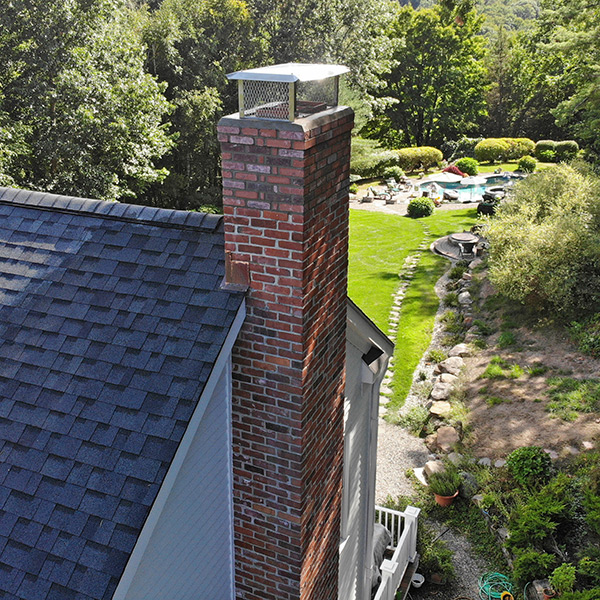 13th or 16th century?
13th or 16th century?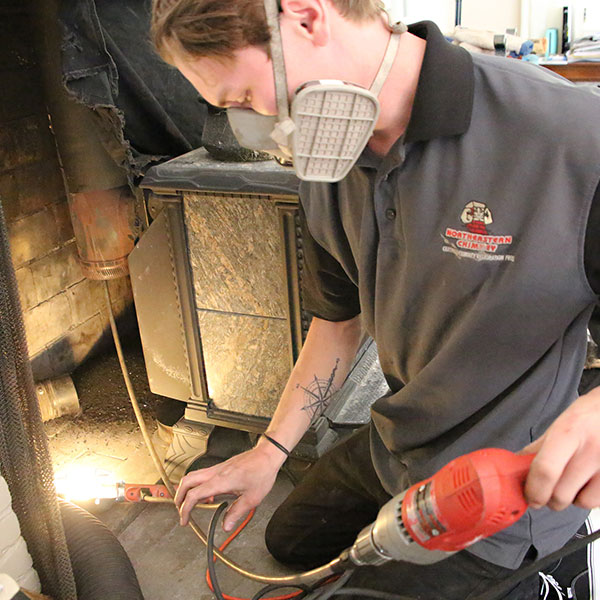 Ironically, it was around this time many U.S. homes began switching to HVAC systems and switching away from wood or coal-burning heating sources. Chimney sweeping saw a sharp decline until the 1980s when fireplaces became more of an ambiance-based feature.
Ironically, it was around this time many U.S. homes began switching to HVAC systems and switching away from wood or coal-burning heating sources. Chimney sweeping saw a sharp decline until the 1980s when fireplaces became more of an ambiance-based feature.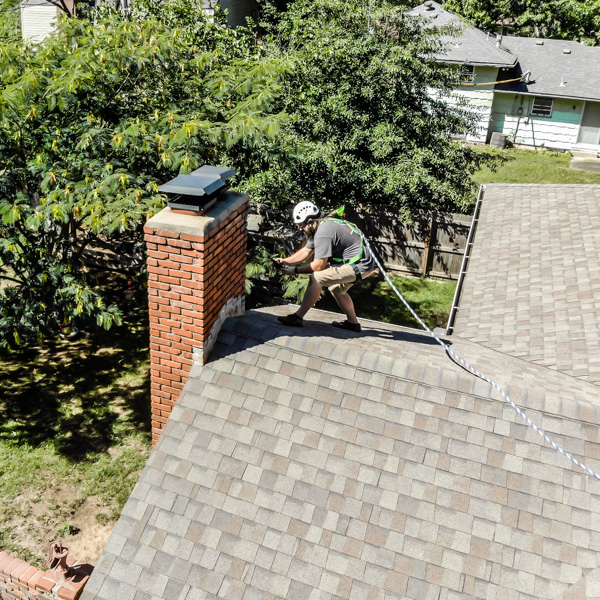 Factors to Consider Regarding Chimney Height
Factors to Consider Regarding Chimney Height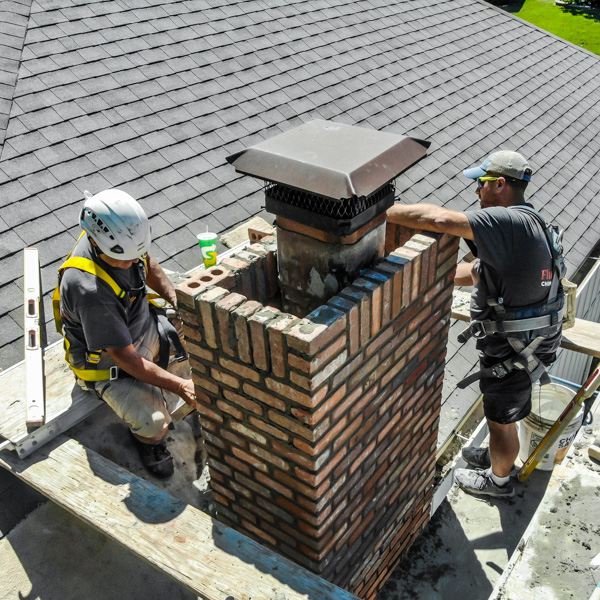 Let the Fluesbrothers Chimney & Fireplace Handle Your Chimney Repairs
Let the Fluesbrothers Chimney & Fireplace Handle Your Chimney Repairs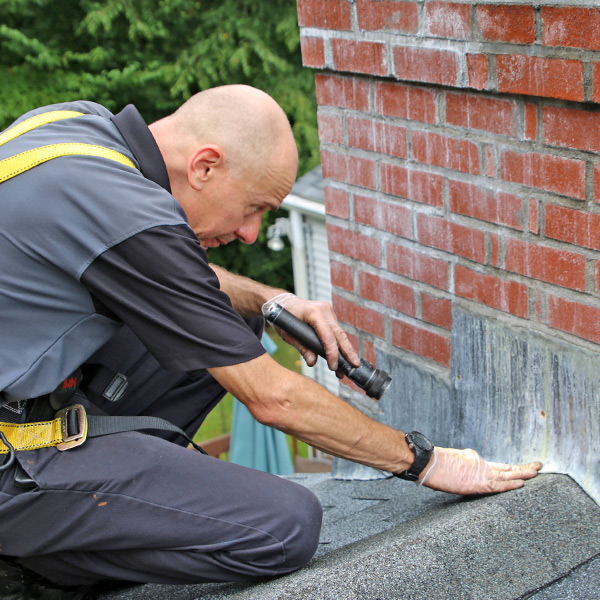 What Is Causing My Chimney to Pull Away?
What Is Causing My Chimney to Pull Away?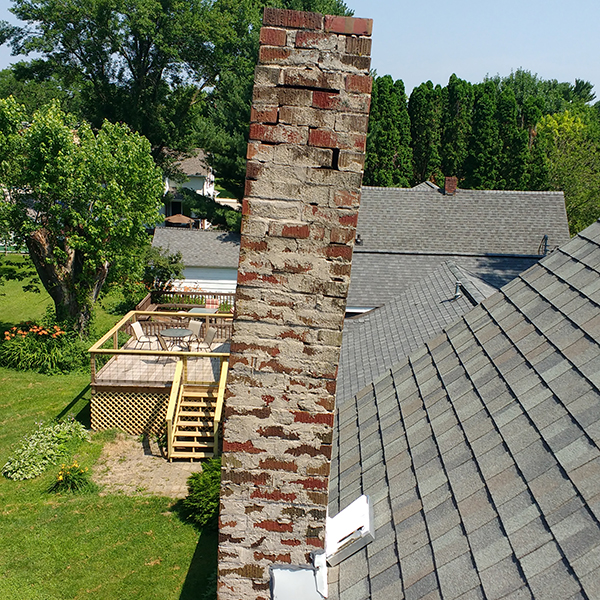 How to Repair My Leaning Chimney?
How to Repair My Leaning Chimney?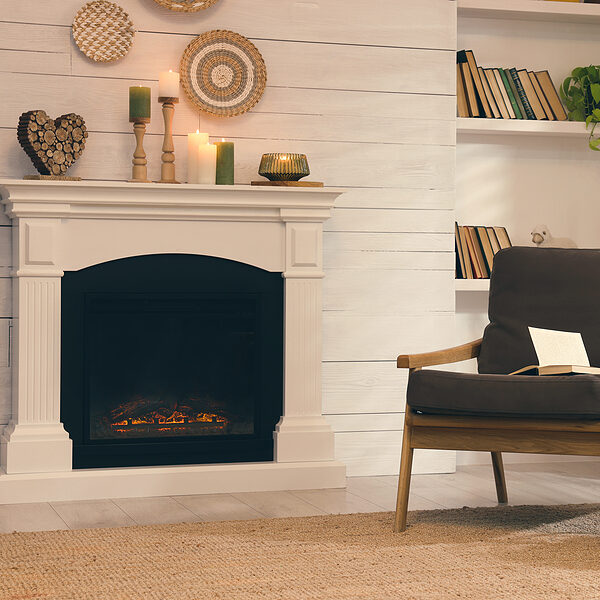 What is a Chimney Breast Wall?
What is a Chimney Breast Wall?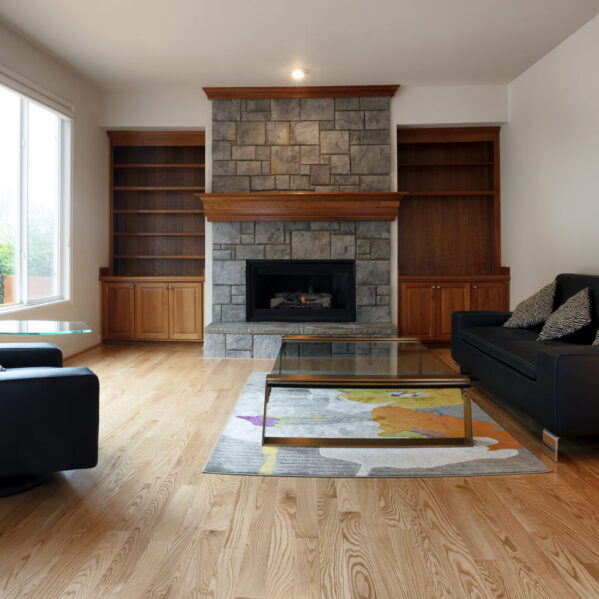
 Why is My Chimney Leaking?
Why is My Chimney Leaking?